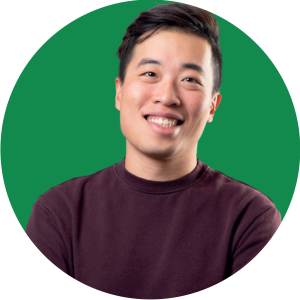Researchers from the Philippines get a breakthrough in developing a wearable robot to assist patients during rehabilitation exercises
Researchers from the Philippines’ De La Salle University (DLSU) have created a wearable robotic exoskeleton to support the rehabilitation therapy of stroke and injured patients. Called ‘Agapay’, it has received its first international patent from Singapore.
Researchers from DLSU, in partnership with the University of the Philippines Manila and funded by the Department of Science and Technology (DOST), have developed a wearable robot to assist patients during rehabilitation exercises. It seeks to aid the motor rehabilitation and physical therapy of stroke and injured patients. The device is placed on the arm muscle and detects muscle twitches or movement. With the muscle twitch detection, it will assist the patient during the rehabilitation exercise.
DLSU engineer and lead researcher Voltaire Dupo shared that rehabilitation therapy in the country is “more traditional” and focused on physical therapy exercises. Dupo himself underwent physiotherapy for shoulder and back problems and highlighted that rehabilitation medicine for stroke involves “rewiring” the brain to coordinate with the muscle movement.
The wearable robot has received its first patent from Singapore and allows DLSU to work with foreign partners. Researchers have applied for patents in South Korea, the United States, and Vietnam. Project director of the DLSU Innovation and Technology Office, Peter Immanuel Tenido, said that they chose those countries because they believed the rehabilitation robotics industry was active there. The team is currently looking for potential industry partners to manufacture the device. Meanwhile, the project team is still in the clinical trial phase. Also, there is no estimated pricing for the instrument yet. Furthermore, the team is looking at deploying the device to remote localities needing access to medical care.
Jaime Montoya is an executive director of the DOST’s Philippine Council for Health Research and Development. He noted that “the development of this device will provide an alternative and affordable option for Filipino patients.” Additionally, he also hoped this “set a standard for robotic rehabilitation technologies in the country.” The Agapay project is an interdisciplinary effort. It involves disciplines from the Manufacturing Engineering and Management Department, Electronics and Communications Department, and the Physics Department of DLSU. It also involved medical doctors from the Department of Rehabilitation Medicine from the University of the Philippines-Philippine General Hospital.
Currently, there are no robotic exoskeletons being made in the Philippines. “The patent from Singapore is a step closer to commercializing Filipino-made technologies in the international setting,” DOST-PCHRD Executive Director Dr. Jaime Montoya added. The Agapay project provides a cheaper option for Filipino patients. If successful, it could set a standard for robotic rehabilitation technologies in the country.














